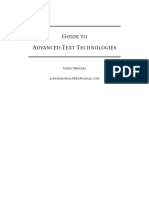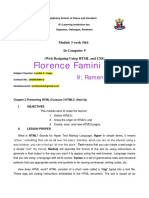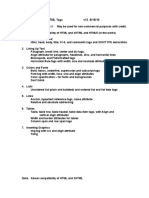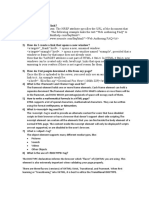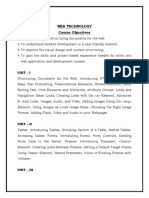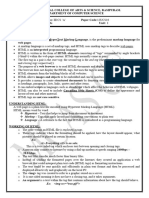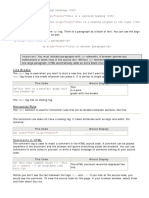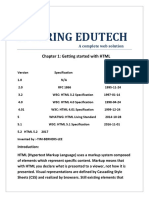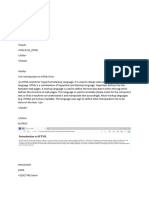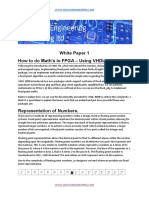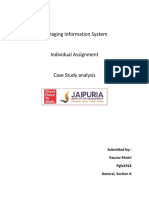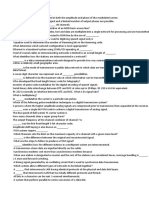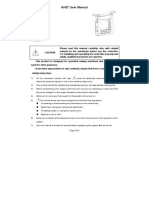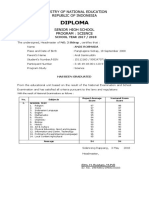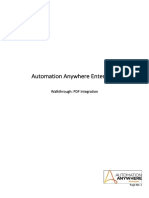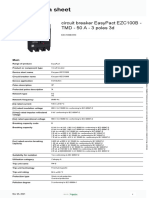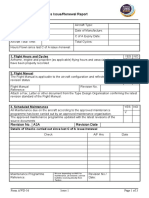0% found this document useful (0 votes)
6 views4 pagesHTML Notes
The document covers three key aspects of HTML: the <!DOCTYPE html> declaration ensures HTML5 compliance for consistent rendering across browsers; the lang attribute enhances accessibility and SEO by defining the document's primary language; and the <meta charset='utf-8' /> tag is crucial for correct character representation, supporting a wide range of characters and ensuring proper display across devices.
Uploaded by
thevargizCopyright
© © All Rights Reserved
We take content rights seriously. If you suspect this is your content, claim it here.
Available Formats
Download as DOCX, PDF, TXT or read online on Scribd
0% found this document useful (0 votes)
6 views4 pagesHTML Notes
The document covers three key aspects of HTML: the <!DOCTYPE html> declaration ensures HTML5 compliance for consistent rendering across browsers; the lang attribute enhances accessibility and SEO by defining the document's primary language; and the <meta charset='utf-8' /> tag is crucial for correct character representation, supporting a wide range of characters and ensuring proper display across devices.
Uploaded by
thevargizCopyright
© © All Rights Reserved
We take content rights seriously. If you suspect this is your content, claim it here.
Available Formats
Download as DOCX, PDF, TXT or read online on Scribd
/ 4









